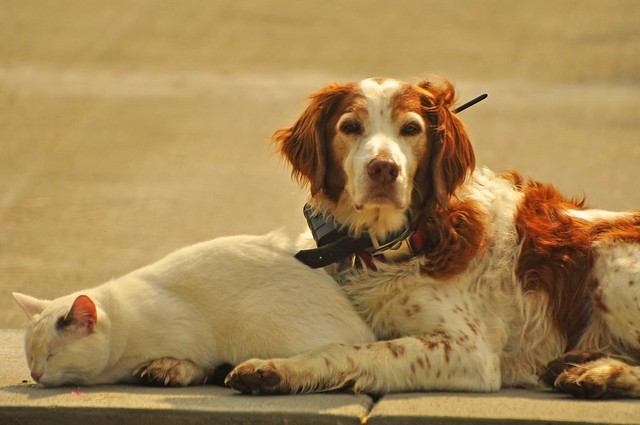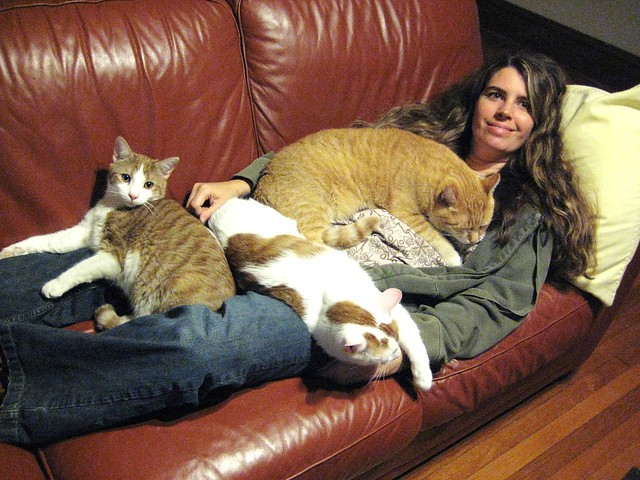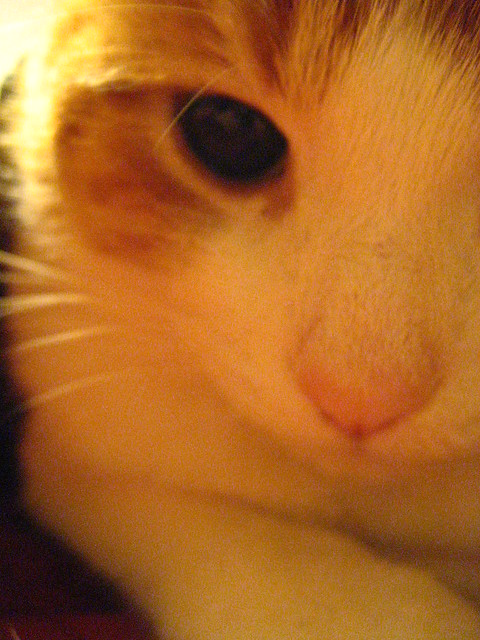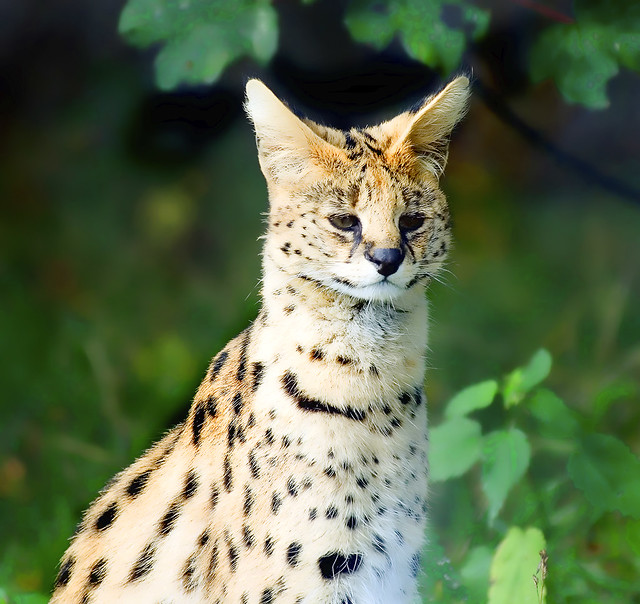 |
| Cats, Kitten (Photo credit: Wikipedia) |
Are you thinking that you would like to purchase a cat? If so, you may want to take a few minutes to find out if you are in fact good cat owner material. Finding out that the beautiful pussycat isn’t for you is something that you don’t want to have to do once you bring him home.
Health First
One of the many reasons that people have to find new homes for their pets is because of allergies. If you haven’t been around cats much, make sure that you take the time to spend a few hours around one. Also, ensure that none of your close family members or friends have the same problem.
Is your lifestyle right for a pet? Cats are less in need of constant attention unlike the dog but they still need to be kept from being lonely and bored. If you work long hours, consider getting two cats so that they can keep each other happy. If you have a bored cat, you will have a bad cat.
Does your cat fit within your home? If you have kids in your home, the litter box will need to be placed in a place the kids can’t get to it but the cats can access it easily. You’ll also need a litter box, food dishes, toys and a scratching post.
What type of cat do you want? Sure a kitten is nice and fluffy and you can instantly fall in love with it. But, kittens need to be trained too. And, a great reason to go with a kitten is the fact that he doesn’t have any bad habits just yet. But, you will likely need to have them altered and de-clawed as well. You’ll need to pay for immunizations too. On the other hand, an older can is a good choice for those who want a cat with less energy and one that is already trained to the litter box. Older cats have had most of their immunizations (will still require boosters though) and they will likely have been altered already.
Where To Buy Him
If you are not worried about the breed of the cat, then the best place to look in the local humane society or the animal rescue in your area. Most cats in these organizations are healthy and sweet kittens and cats. And, since the organizations are overrun with them, you can help to give one a home. If you are looking for something specific, a cat show is a great place to go. Many of those there will bring kittens along for sale. If you can’t find them there, the exhibitors will be able to tell you where you can find them.
Great! You have your cat, now what? Don’t be surprised if it takes some time for the cat to settle into its new home. And, make sure that you do what you can to help it by providing it with all the things it needs. Put all of his items in the same place every day.
If you follow these simple tips you will find it will help your new cat to make himself at home in your home.










